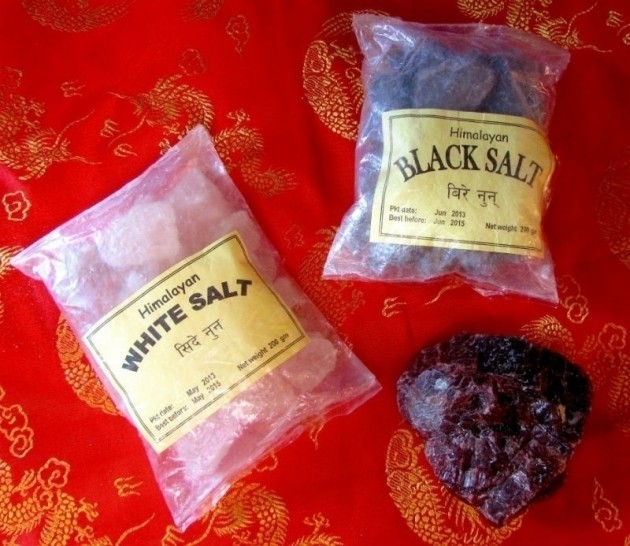Symptoms
Back and neck pain; muscle spasms; palpable localized swelling and tenderness at the facet joint; antalgia; neck held in flexion to relieve the facet; pain with spinal extension; pain with axial loading
Nutrients Involved
Vitamin B-complex, vitamin C, manganese, calcium, magnesium, vitamin E
Suggested Nutritional Supplementation
- Chondro-Relief Intensive Care - 3-6 capsules daily with meals.
Comprehensive joint & soft tissue support, with MSM, green lipped mussel, and hyaluronic acid.
- Glycogenics - 3 tablets daily with meals. Homocysteine/balanced B-complex formula.
- Inflavonoid Intensive Care - 3-9 tablets daily with meals.
Standardized Herbal Relief for Minor Pain. Inflavonoid Intensive Care provides the same great ingredients and benefits as original Inflavonoid®, but with added support for those who want a more aggressive approach.
- HP 17 Muscle Spasm Remedy - 4 tablets 3-4 times daily on an empty stomach.
Dietary Suggestions
- Anti-Inflammatory Diet
Exercise Considerations
1. Lying on back, relaxed, bring right knee up toward chest clasping hands around knee; straighten left leg, pointing toe upward; tighten right knee as far as possible to chest; hold to count of 5; repeat with other leg, do each leg 5-10 times.
2. Lying on back, relaxed, bring both knees to chest by clasping with hands; move knees in a circle with hands, so rocking on sacrum; repeat clockwise 5 times and counterclockwise 5 times.
3. Lying on back, relaxed, with both knees bent; tighten muscles of lower abdomen while also tightening the buttocks, pushing the back flat against the bed; hold this position for 10 count and relax slowly; repeat 5-10 times.
4. Lying on back relaxed with left knee bent and left foot on floor, raise right leg up as far as is comfortable; repeat with other leg; do each leg 5-10 times.
5. Lying on back bring one knee to chest then straighten it, pointing toe upward as far as possible; bend knee back to chest and return to original position; repeat with other leg; do each leg 5-10 times.
6. Lying on back with arms at sides, palms down and knees bent, feet flat on floor; raise lower back and buttocks several inches off the floor and hold position for 3 seconds; repeat 5-10 times.
7. Lying on back, arms at sides, flex one hip until vertical then cross it over other hip to create twist in spine; hold for several seconds.
8. As back improves: lying on back, hold hips in air and pedal imaginary bicycle.
9. Lying on side, do leg raises; repeat 5-10 times on both sides.
10. Sitting on edge of chair with arms folded loosely in front of you, let body drop until head is down between legs; pull body back up into sitting position while tightening abdominal muscles.
11. Sitting on floor, try touching toes without discomfort; repeat slowly 5-10 times.
12. Standing with arms at sides, bend slowly to one side beginning with head, neck, shoulders, chest and lower back, with fingers descending the leg on that side; repeat for opposite side, repeat 5-10 times each.
13. Starting at a standing position, squat down while keeping feet flat on floor while reaching forward and
14. downward with outstretched arms; repeat 5-10 times.
15. Lying on stomach with large pillow under hips and lower part of abdomen, place arms out to sides and begin to lift head and shoulders off floor, not far enough to cause pain; keep head in line with spine by looking at floor and tighten pelvic muscles so thigh remains on floor; hold position for several seconds.
16. Resting on hands and knees, extend neck; relax abdominal muscles and allow lumbar spine to hyperextend (i.e. head and tail rise); then while exhaling drop head and tail, pushing thoracics toward ceiling; repeat 5-10 times with breathing cycle.
17. Kneeling on feet, extend arms overhead and push chest towards knees; hold several seconds,
18. stretching arms as far out in front as possible.






